A solo trip to the US National Monuments is an excellent opportunity to unwind, disconnect from stress, and connect with nature. However, to have a successful trip that is both enjoyable and safe, proper planning is essential. In this article, we will explore ten tips that will help you plan your solo trip to the US National Monuments.
1. Research the National Monuments
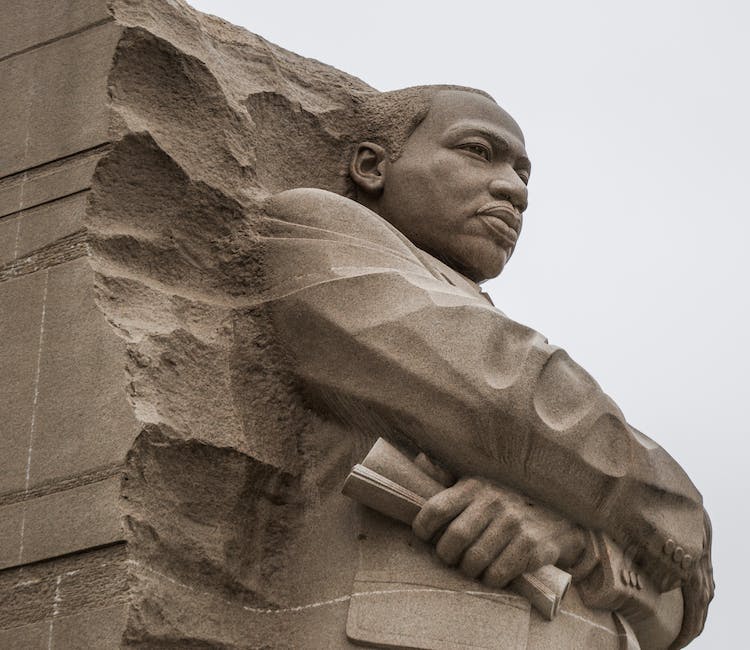
Before embarking on your solo trip, it’s essential to do some research about the various National Monuments, so you know what to expect. Look up the history, culture, and natural wonders of each place and note down the ones that interest you. You can use online resources or guidebooks to find out which sites are famous for their scenic drives, unique geology, or amazing wildlife. Having a basic understanding of each National Monument allows you to plan your itinerary accordingly, decide which places to prioritize, and avoid missing out on the best features each site has to offer.
Furthermore, researching the National Monuments ahead of time also helps you prepare better for the trip. For instance, you can find out where to stay, how to get there, and whether you need a permit to access some areas. You can also learn about the best times to visit, what to wear, and what essential items to pack for your solo journey.
2. Check the Weather and Seasonal Closures

While National Monuments are usually open year-round, some areas may be closed for the season, especially during winter. Before setting out, it’s crucial to check online or call the park services to find out if there are any seasonal closures. The closures may be due to extreme weather conditions, maintenance work, or issues like wildfires or rockslides.
Moreover, weather can be quite extreme in some National Monuments, depending on the time of year. For instance, if you visit Joshua Tree National Monument in summer, the temperature can get as high as 105°F (41°C), and you may experience severe heat exhaustion if you’re not adequately prepared. Therefore, checking the weather forecast before traveling is crucial, so you know what to expect and can pack accordingly.
3. Consider Getting a Pass
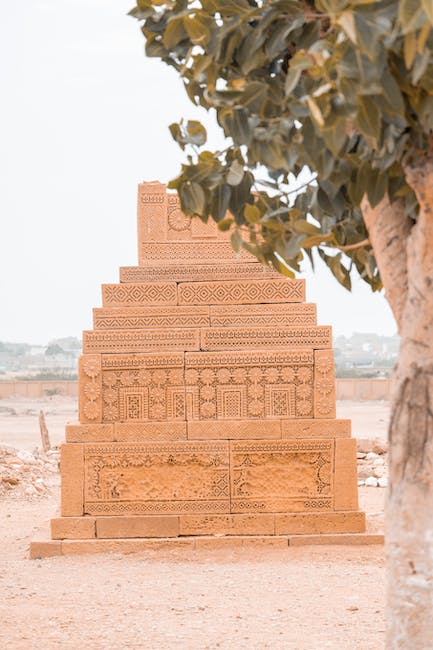
If you plan to visit multiple National Monuments in one year, it’s worth considering getting a National Park Pass. The Pass is valid for 12 months from the date of purchase and allows you access to over 2,000 national parks and recreation sites throughout the US. It’s a cost-saving option, especially if you plan on making multiple trips throughout the year, as it provides access to all national parks and monuments and can save you significant amounts of money.
4. Pack for the Terrain and Climate
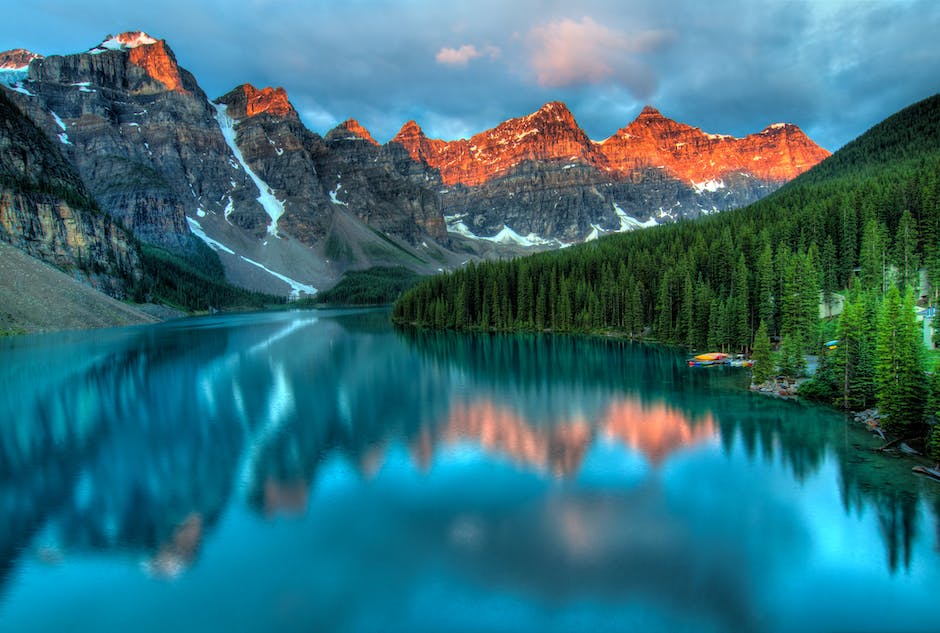
Packing for a solo trip to the US National Monuments can be tricky, as the terrain and climate vary from place to place. For instance, if you visit a desert National Monument, you’ll need to pack light, breathable clothing, sunscreen, and a hat to protect yourself from the sun. Additionally, if you go to a mountainous National Monument, you may need a heavier jacket, warm hat, gloves, and insulated boots. Having the right clothing and gear is important as it allows you to stay comfortable, safe and enjoy each site to the fullest.
5. Create an Itinerary
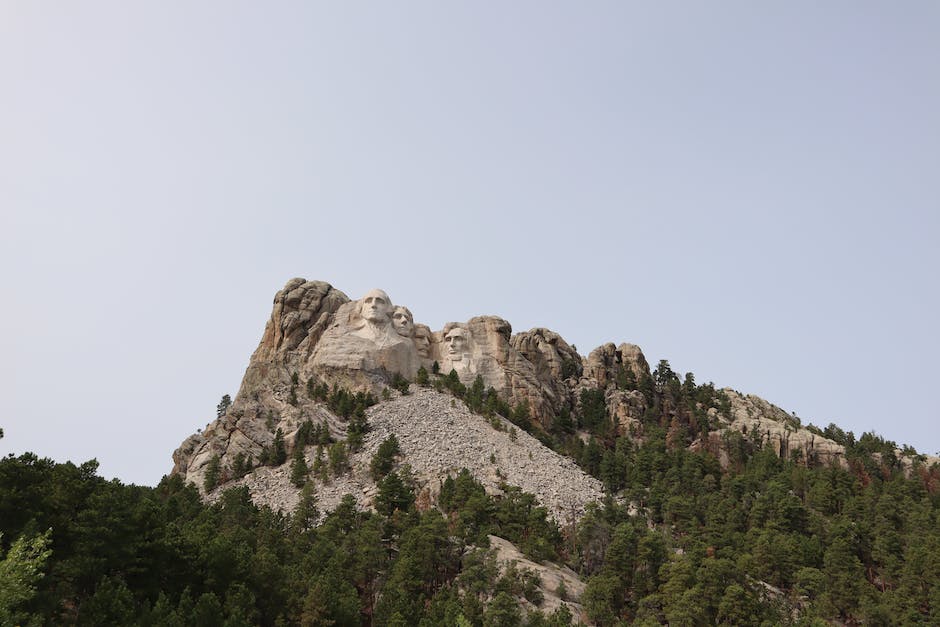
Planning your itinerary ahead of time is like having a roadmap and lets you know what to expect each day. To make your itinerary, start by mapping out your daily activities, including the amount of time you plan to spend at each National Monument. Use online resources to check the length and difficulty of the trails, and make sure you’re not trying to fit too much into one day. Remember, solo travel is about flexibility, so leave some room for unexpected stops, spontaneous adventures, and unexpected events.
In addition, it’s crucial to note the sunset times so you can plan your day accordingly. This information helps you avoid hiking in the dark, missing out on stunning sunset views, and allowing for a peaceful, uninterrupted view of the stars at night.
6. Be Aware of Wildlife and Safety
When traveling solo to the National Monuments, it’s essential to be aware of safety and wildlife. Always carry a map or have GPS with you at all times, and make sure you know where you are at all times. Read up on wildlife safety tips for the area you’re visiting, and keep your distance from any wild animals. Above all, respect the wildlife and the environment you are in by not littering, touching or damaging flora, fauna, and rocks.
Furthermore, always let someone know where you are going and when to expect you back. You can do this by emailing or texting your itinerary to a trusted friend or family member before setting out. In the unlikely event that anything goes wrong, having someone who knows where you are and when you’re supposed to be back can prove invaluable in a rescue operation.
7. Book Accommodations in Advance
Since National Monuments can be in remote areas, it’s crucial to book accommodations in advance to make sure you have a place to stay, especially during peak season. Look for lodges, campgrounds, RV parks, or Airbnbs that are close to the park, and make sure your chosen accommodation meets your expectations, budget, and needs. It’s essential to note that some National Monuments do not have hotels or lodging within the park, so you must plan accordingly and book accommodation that suits your needs and budget.
8. Plan for Spending on Entrance Fees and Food
While visiting National Monuments can be affordable, there are still fees to factor in, such as entrance fees and food. Therefore, it’s crucial to plan for these expenses ahead of time and budget accordingly. Bring your own snacks, water, and beverages to save money. Additionally, you can do some grocery shopping before arriving, so you can cook your meals and avoid eating out in restaurants.
9. Take Plenty of Photos
Taking photos is a great way to capture memories of your solo trip. Make sure you bring a camera and take the time to take photos of each place you visit. The National Monuments offer amazing natural scenery, and it’s worth taking advantage of outdoor photography at different times of the day, including sunrise and sunset. You can also take night sky photography and capture the hundreds of stars visible in the dark. Sharing your photos on social media is a good way to document your journey for friends and family and preserve your memories of the trip.
10. Embrace the Solo Adventure
Ultimately, a solo trip to the National Monuments is an opportunity to have an adventure and connect with nature while unwinding and disconnecting from stress. Leave your worries behind, and focus on the experience. It’s worth noting that solo travel can be challenging, but it is also an experience that can enrich your life and help you grow as an individual. Make new friends, explore the sites, and embrace the independence and freedom that comes with solo travel to the National Monuments.

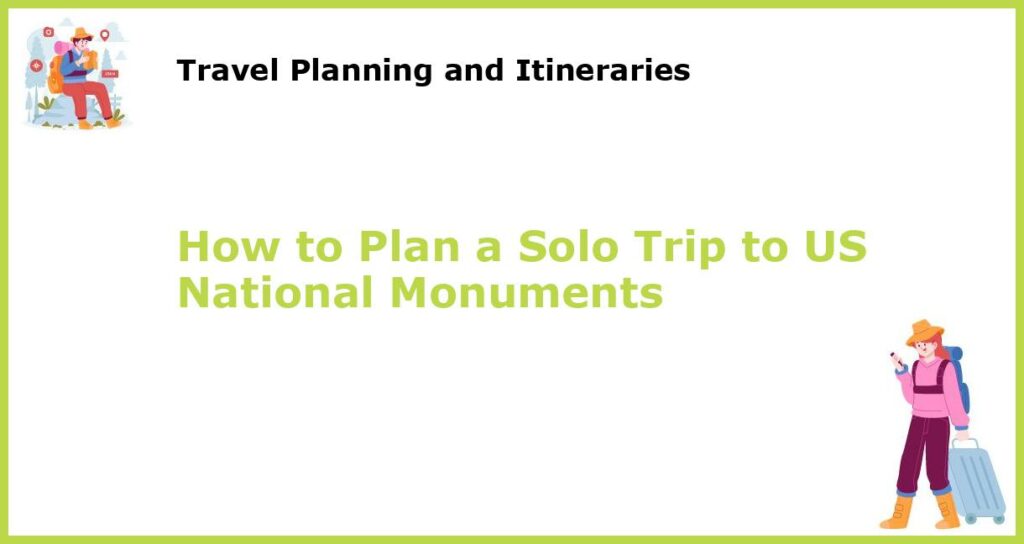






 You might also be interested in those articles related to solo traveling
You might also be interested in those articles related to solo traveling